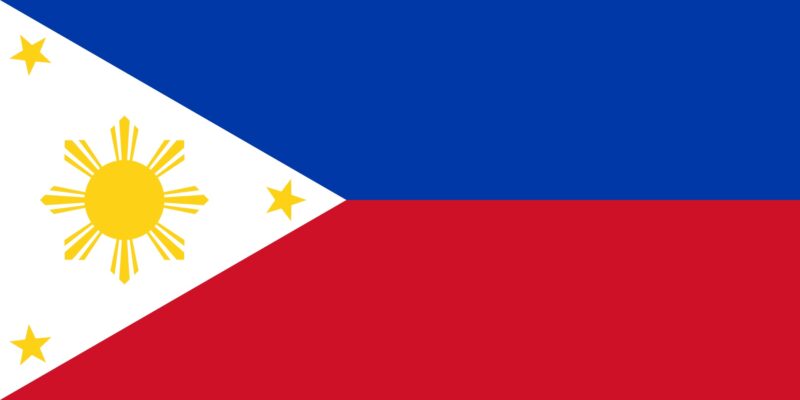Key Points:
- Typhoon No. 11 “Yagi” has formed over the sea east of the Philippines and is moving north-northwest with strong intensity over the waters east of the Polillo Islands. Additionally, heavy rains due to the southwest monsoon are occurring in multiple regions.
- Heavy rain and strong winds are expected across the Philippines, with an increased risk of flooding and landslides.
- Stay updated with the latest weather information, and those planning to travel to or stay in areas that may be affected should take appropriate safety precautions and exercise great caution.
Main Text:
- According to the Meteorological Agency and other sources, a tropical depression that formed over the sea east of the Philippines on the night of September 1 has developed into Typhoon No. 11 (international name: Yagi). In the Philippines, this tropical depression is referred to as “Enteng.” The typhoon is moving north-northwest over the waters east of the Polillo Islands, and it is expected to maintain its strength as it continues to move. Heavy rain and strong winds are forecasted across the Philippines, particularly in North Camarines, South Camarines, Albay, and Quezon provinces. Furthermore, the typhoon may strengthen and could make landfall in the northeastern part of Luzon Island, specifically in Isabela and Cagayan provinces. Additionally, according to the Philippine Atmospheric, Geophysical and Astronomical Services Administration (PAGASA), heavy rain due to the southwest monsoon is expected in several regions of the Philippines from September 2 to 4, particularly in Western Mindoro, northern Palawan, Zambales, and Bataan provinces. This has increased the risk of flooding and landslides, prompting residents and relevant agencies to take necessary precautions.
- Due to the approach and passage of the typhoon and the influence of the southwest monsoon, there is a possibility of human and material damage caused by flooding, landslides, and high waves, as well as disruptions to transportation, including flights. Therefore, it is necessary to exercise great caution.
- If you are planning to travel to or stay in areas that may be affected by this typhoon or other weather developments, please refer to the relevant websites below to gather the latest information on the typhoon and local weather conditions. If damage from the typhoon or other weather events is expected, avoid traveling or going out, or consider changing your schedule, travel route, or destination to ensure your safety and avoid being caught in a disaster or accident. If you are already in the area, prepare for potential damage from the typhoon by keeping a flashlight and portable radio handy, stocking up on drinking water and food, informing your family of emergency contact information, and identifying evacuation sites in advance. If necessary, evacuate to a safe location. Even after the typhoon passes, secondary disasters such as landslides due to loosened ground may occur, so continue to exercise caution.
Reference Websites:
- Philippine Atmospheric, Geophysical and Astronomical Services Administration (PAGASA): https://www.pagasa.dost.gov.ph/
- National Disaster Risk Reduction and Management Council (NDRRMC): https://ndrrmc.gov.ph/
- In the event that you are caught in a disaster, follow the warnings and instructions issued by local authorities to ensure your safety, and contact your family in Japan as well as the nearest Japanese embassy or consulate to inform them of your safety.





Comment